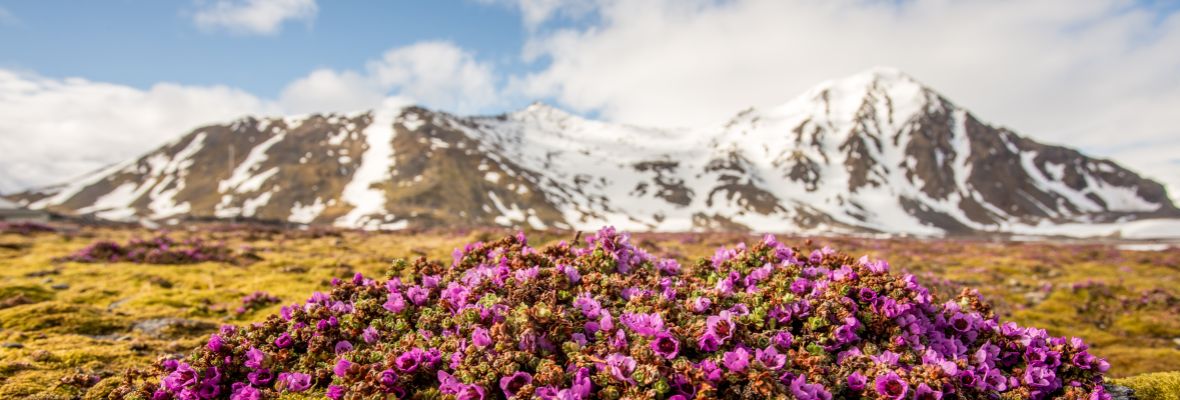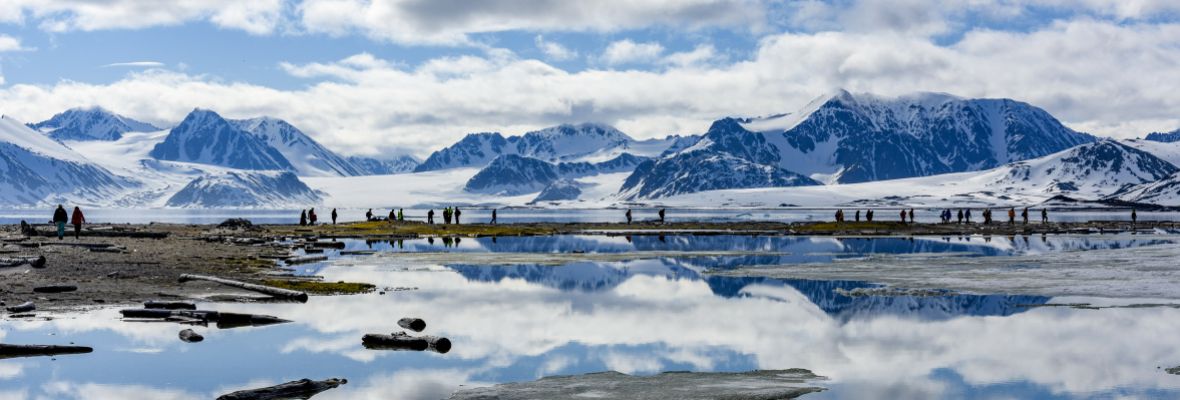We are thrilled to announce the official launch of our new website, Polar Latitudes Expeditions. Discover more in our latest news update, and visit our new website polar-latitudes.com.
Planning a trip to Svalbard? Here’s a collection of practical information to help ensure a smooth and enjoyable visit to this Arctic wonderland. From language and currency to essential travel tips, these insights will guide you during your journey.
Facts about Fact about Svalbard
- Arctic
- Svalbard






